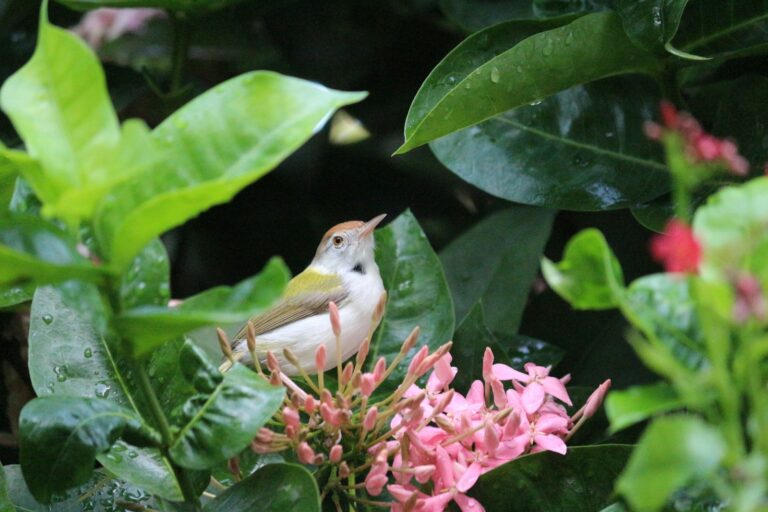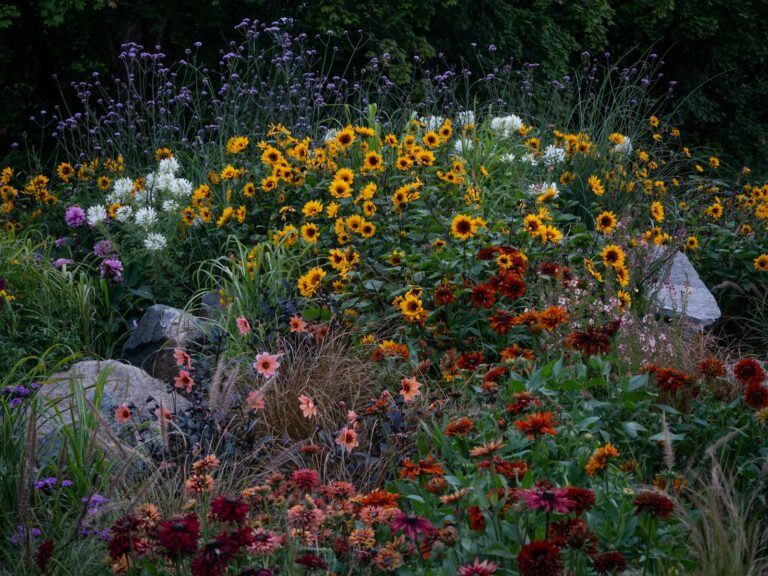10 Fall Gardening Tasks You Shouldn’t Skip Before Winter to Keep Your Garden Healthy
As autumn settles in, many of us start to notice the changes in our yards and gardens. The cool air and shorter days signal that it’s time to give our outdoor spaces some extra attention before winter arrives.
If you want your garden to bounce back strong next spring, there are a few tasks you really shouldn’t put off. Tackling these jobs now can make a big difference later.
Deadhead spent flowers to encourage new blooms
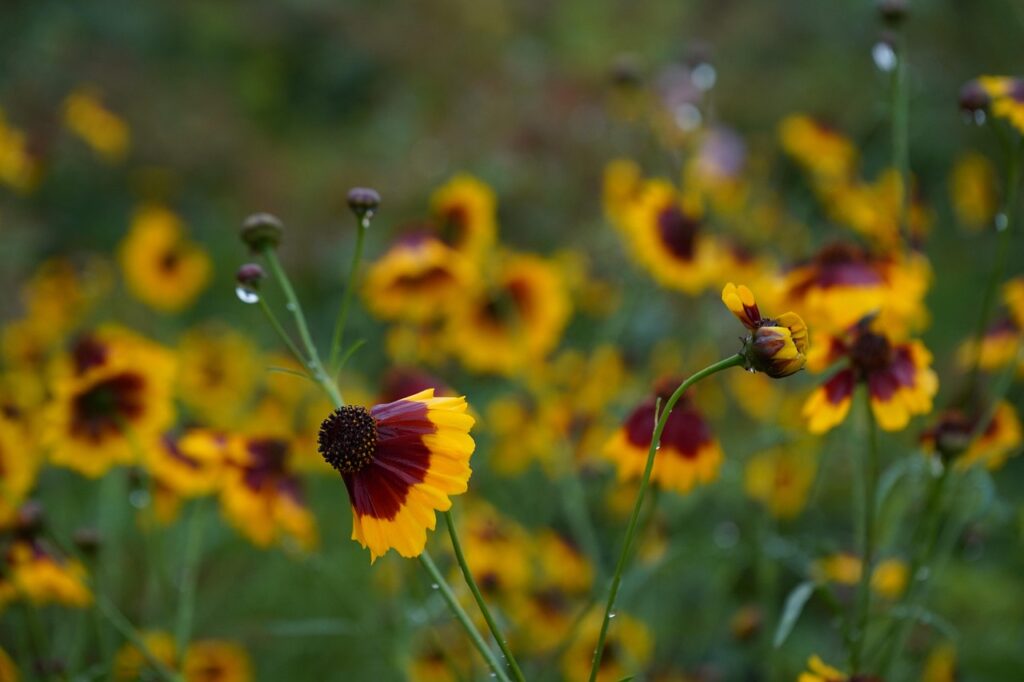
Deadheading is simply removing old, faded flowers from your plants. This stops the plant from putting energy into making seeds and instead encourages more blooms.
Some perennials may even surprise you with an extra round of flowers if you deadhead in the fall. This simple step keeps your garden looking lively a bit longer.
You don’t need fancy tools—just pinch or snip off the faded flowers. Be sure to remove the whole flower head, including the stem below it.
Deadheading helps your plants focus on producing fresh buds. It also tidies up your garden by getting rid of brown, withered flowers.
Some annuals especially benefit from deadheading to keep blooming well.
Prune shrubs and trees to remove dead branches
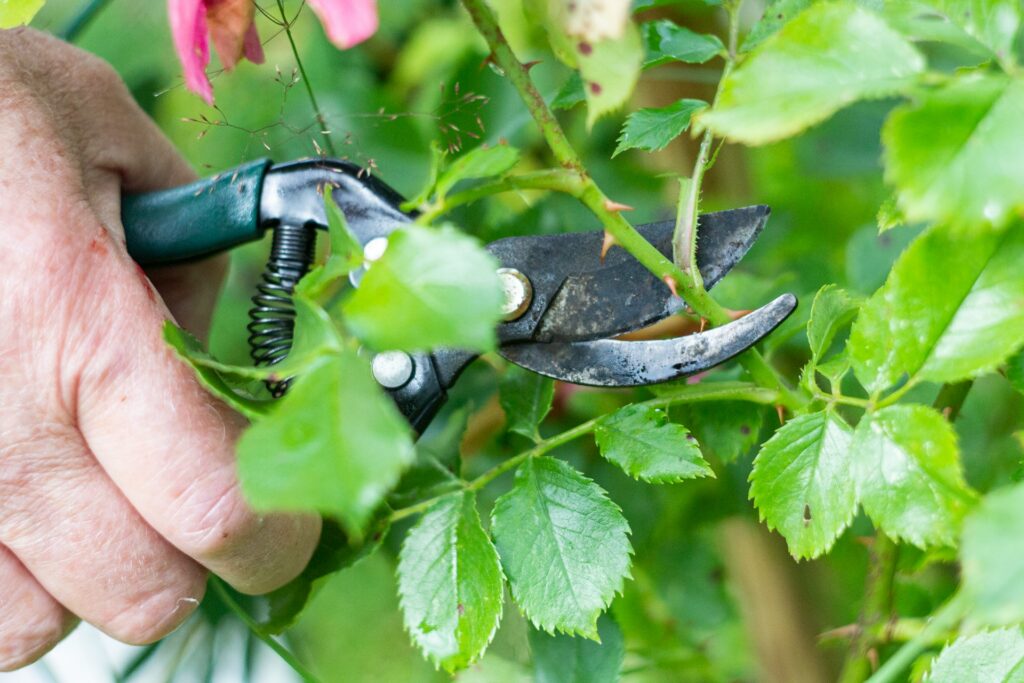
Look over your shrubs and trees for any dead or damaged branches before winter hits. Removing these keeps your plants healthy and helps prevent breakage during storms.
Wait until most leaves have fallen so you can spot problem areas more easily. Use clean, sharp tools and cut just above a healthy bud or branch.
Avoid heavy pruning in fall because it can stress your plants. Focus on removing only the dead or diseased parts.
Clearing away damaged branches also helps stop pests and diseases from spreading.
Fertilize garden beds with compost or slow-release fertilizer
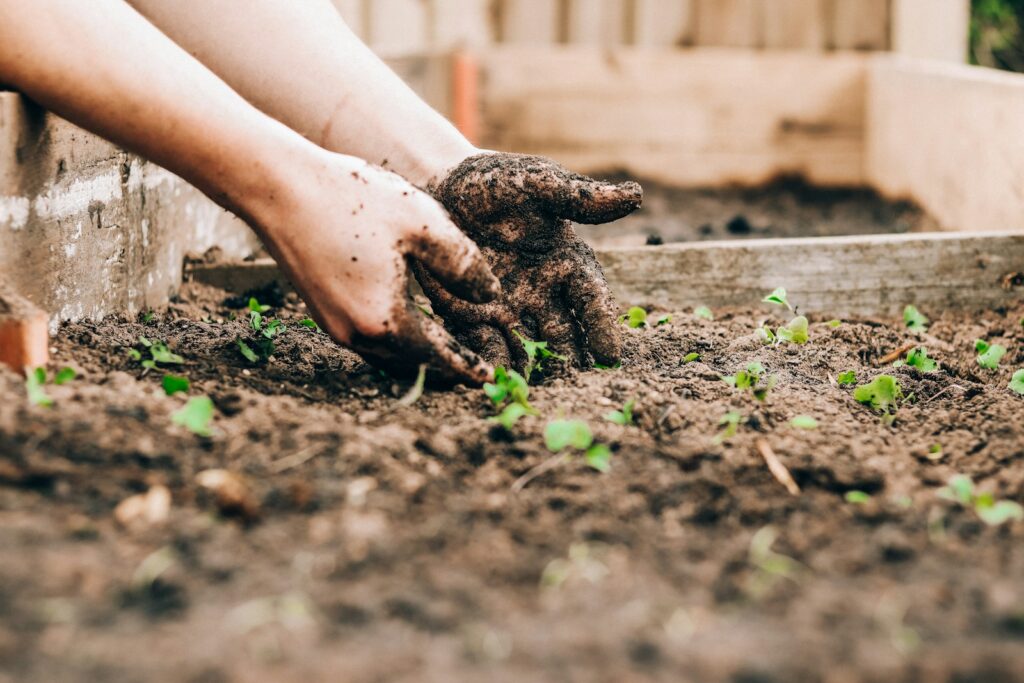
Adding compost to your garden beds in fall boosts soil health for the coming year. Compost gives your soil nutrients and helps it hold moisture over winter.
Slow-release fertilizers are another good option. They feed your plants gently over time, encouraging strong roots for spring.
Spread compost or fertilizer on top of the soil or mix it in after clearing out old plants and weeds. This helps nutrients reach plant roots.
Fall fertilizing helps plants store up energy in their roots for next season’s growth.
Mulch around plants to conserve moisture and insulate roots

A layer of mulch around your plants helps the soil stay moist as the weather cools. This means less watering and healthier roots.
Mulch acts like a cozy blanket, helping to keep roots warm when temperatures drop. It can protect your plants from frost on chilly nights.
Use leaves, straw, or wood chips for mulch. Spread a few inches around each plant, but don’t pile it up too thick.
Mulching also helps block weeds from growing. Weeds compete with your plants for water and nutrients.
Plant spring-flowering bulbs like tulips and daffodils

If you want a burst of color in your garden next spring, now’s the time to plant bulbs like tulips and daffodils. Get them in the ground before it freezes so they have time to grow roots.
Pick a sunny spot for your bulbs. Sunlight helps them produce bright, healthy flowers when spring arrives.
Plant bulbs about two to three times as deep as their height, usually around 6 inches for tulips and daffodils. Place the pointed end up, cover with soil, and water well.
These bulbs will rest all winter and wake up when the weather warms.
Remove fallen leaves to prevent disease and pests
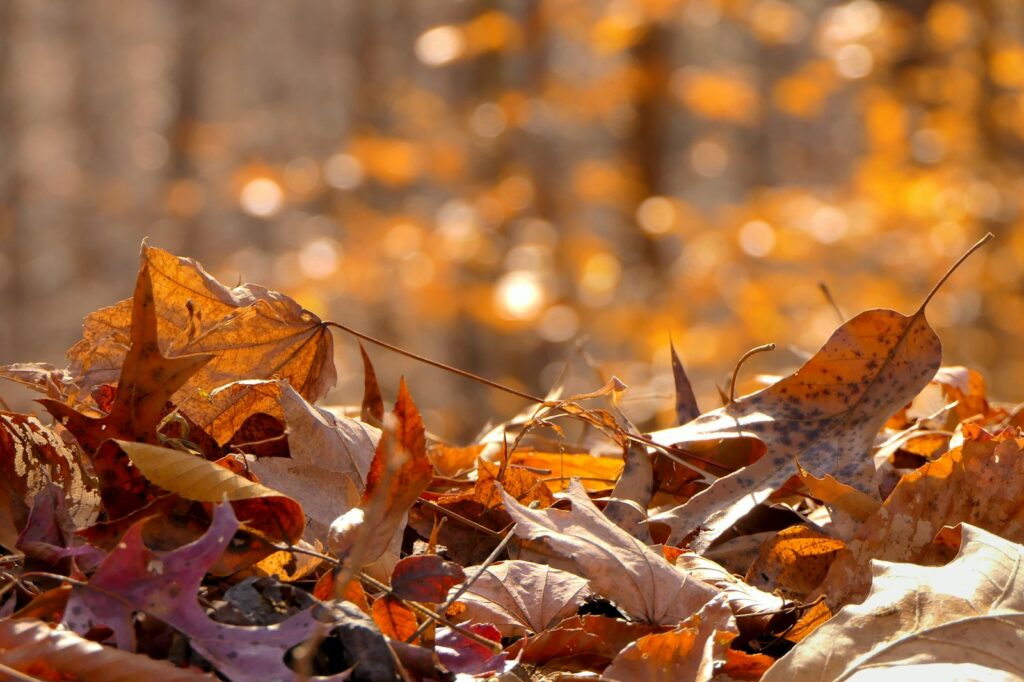
While a blanket of leaves looks pretty, it can cause problems for your garden. Fallen leaves can shelter diseases and pests through the winter.
Rake up leaves soon after they fall, especially from flower beds and vegetable patches. Dry leaves are easier to collect before they get soggy.
Some leaves can be left in less-used areas to help wildlife or enrich the soil. Clearing leaves from key garden spots helps your plants stay healthy next spring.
Winterize garden tools by cleaning and oiling them

Before you stash your garden tools away for the season, take a few minutes to clean off all dirt and plant bits. This helps prevent rust and keeps tools working smoothly.
Use a stiff brush or cloth to remove soil. For stubborn spots, rinse with water and dry thoroughly.
Check for rust and use sandpaper or a wire brush to scrub it off. After cleaning, apply a light coat of oil to metal parts to protect them from moisture.
Store your tools in a dry spot, hanging them up or keeping them organized in a toolbox. This small effort now means your tools will be ready to go when spring returns.
Plant cool-weather vegetables such as carrots and radishes

Don’t pack up the veggie patch just yet. Cool-weather crops like carrots and radishes thrive in the fall and are easy to grow.
These vegetables don’t need a long season, so you can still plant them for a late harvest. They add fresh flavors to meals even as the days get chilly.
Make sure your garden spot gets enough sunlight. Loosen the soil and mix in some compost to help your crops grow strong.
Keep the soil moist but not soggy.
Divide and transplant perennials for better growth
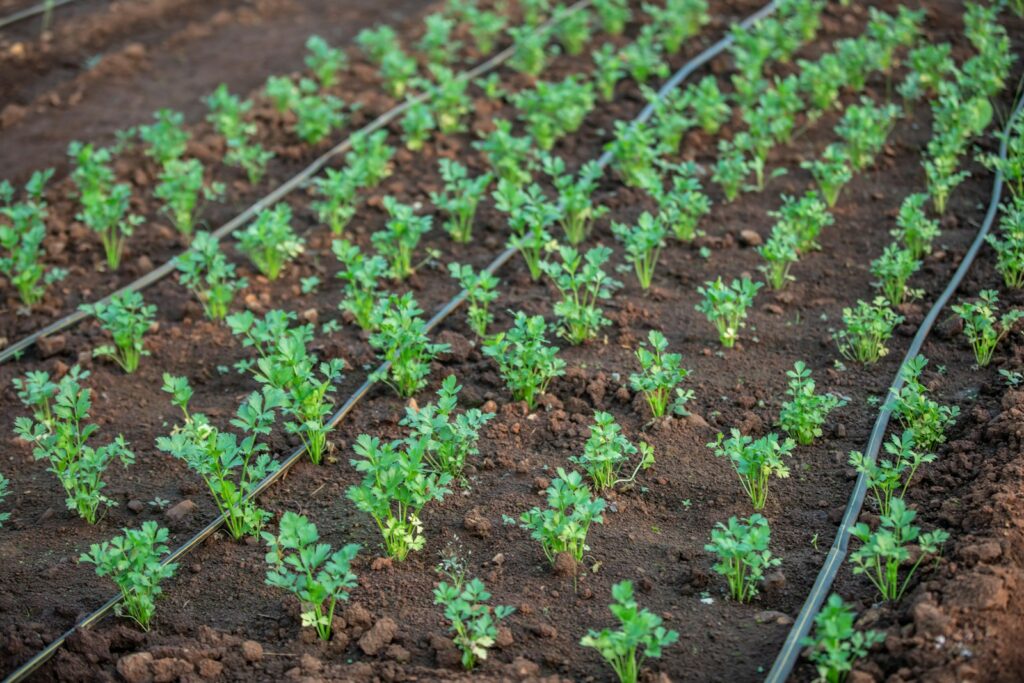
Fall is a great time to divide and move perennials so they come back stronger next year. Cooler weather means less stress for the plants as they settle in.
Dig up healthy plants and gently split the root ball into smaller sections. Each piece should have roots and shoots to help it thrive.
Replant the divided sections right away in prepared soil and water them well. The warm soil and autumn rains help new plants get established before winter.
Dividing perennials helps prevent overcrowding and encourages better blooms next season. You can even share extra plants with friends or fill in bare spots in your garden.
Cover tender plants with frost cloth or burlap
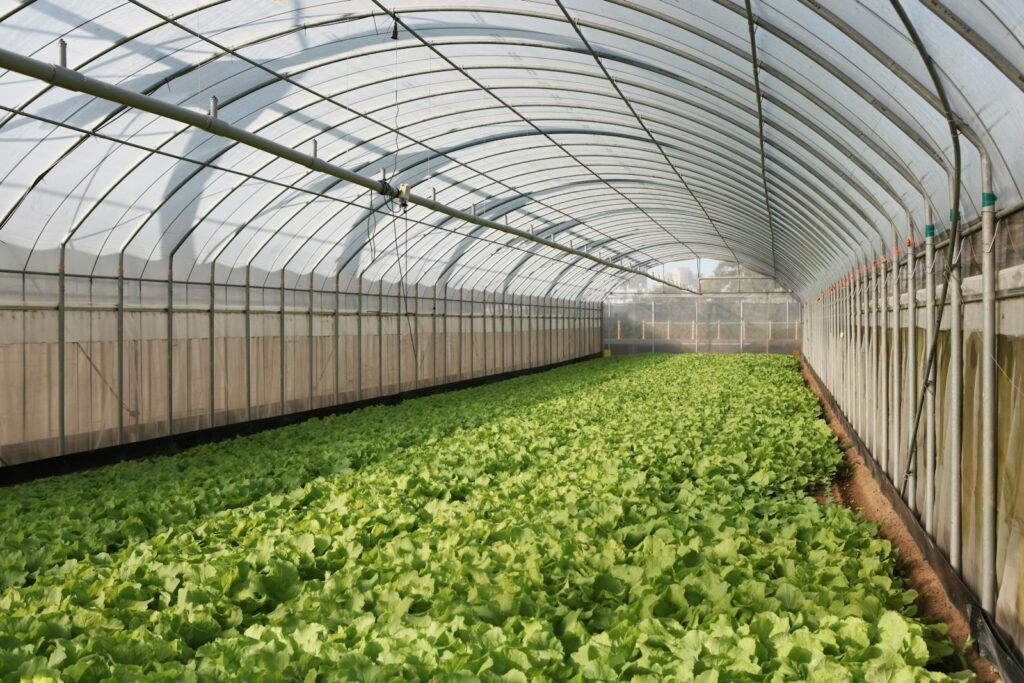
Watching your favorite plants struggle when the temperature drops can be stressful. Cold nights sneak up fast, and sometimes it’s hard to know how to keep your garden safe.
Frost cloth offers an easy solution. This lightweight fabric lets air and light reach your plants while protecting them from frost.
You can leave frost cloth on during the day without worrying about harming your plants. It is a simple way to add a layer of defense against sudden cold snaps.
Burlap is another option that works well for keeping plants warm. It acts like a cozy blanket, trapping heat and blocking cold winds.
Wrap burlap around small trees or drape it over bushes for extra protection. Just be sure to cover your plants before the temperature dips below freezing.
Secure the cloth or burlap in place so it stays put on windy nights. Taking this step makes a big difference for your garden as the seasons change.




